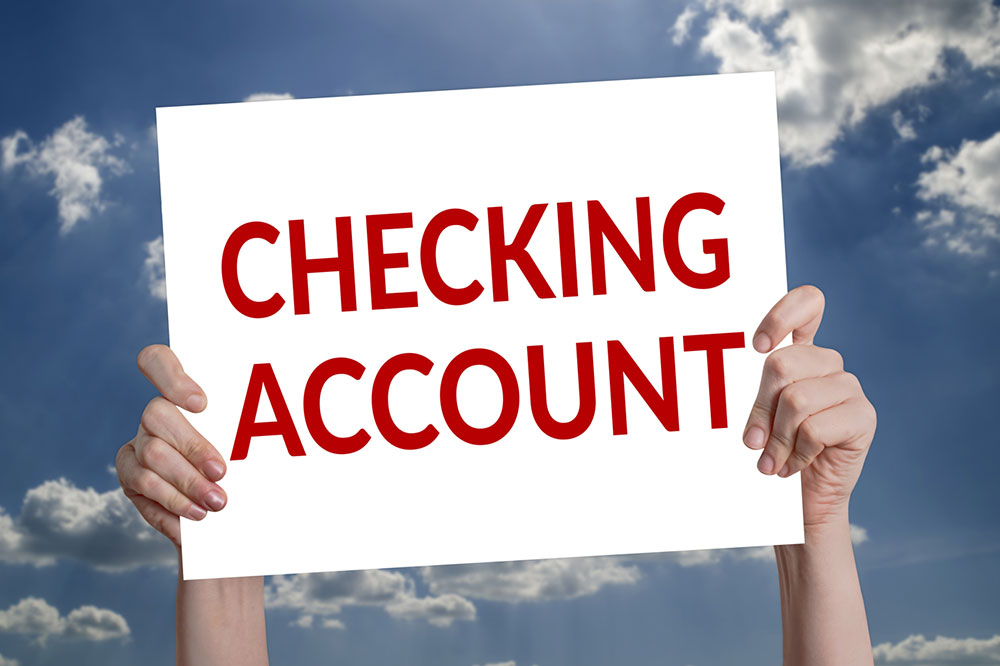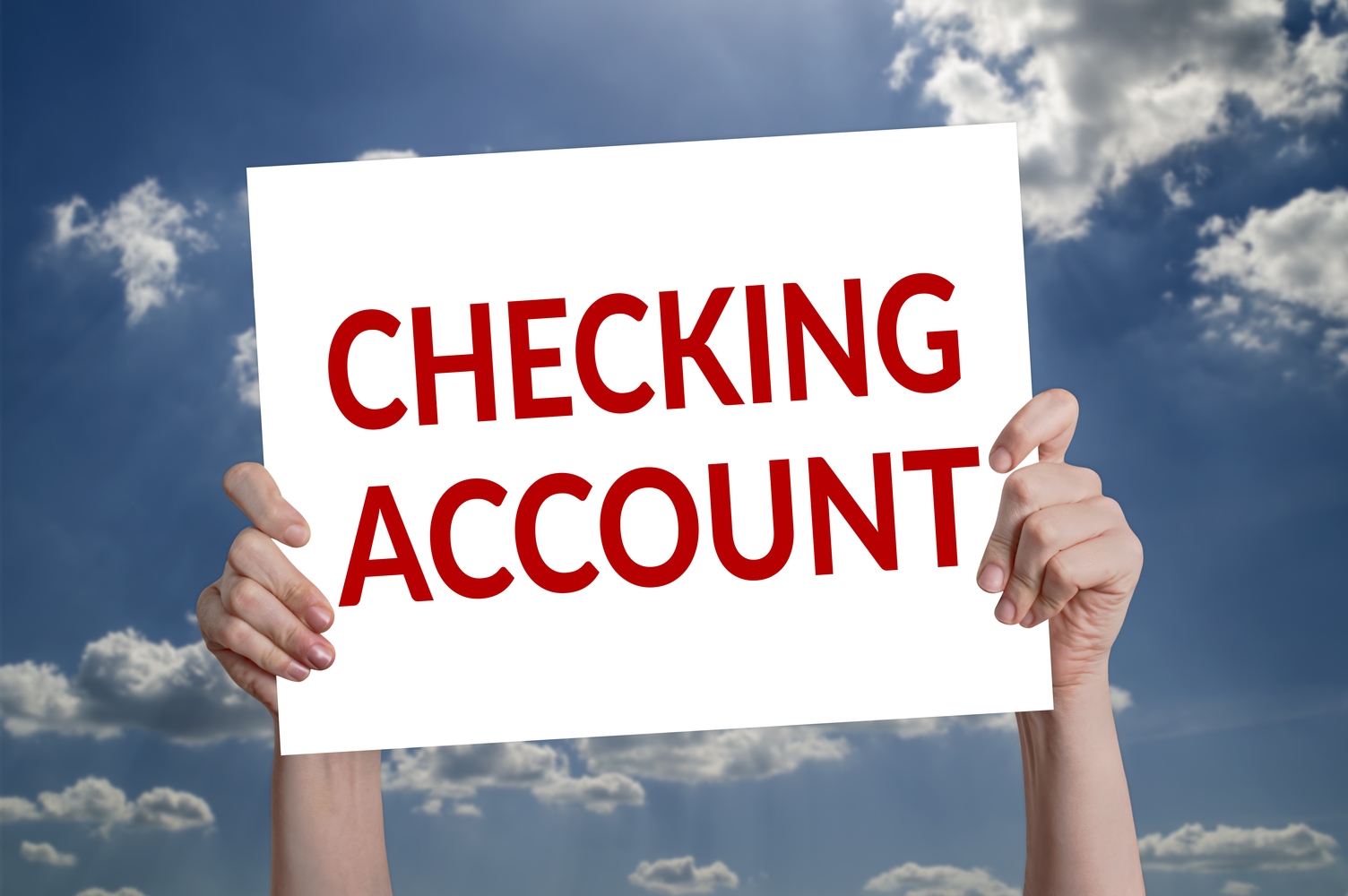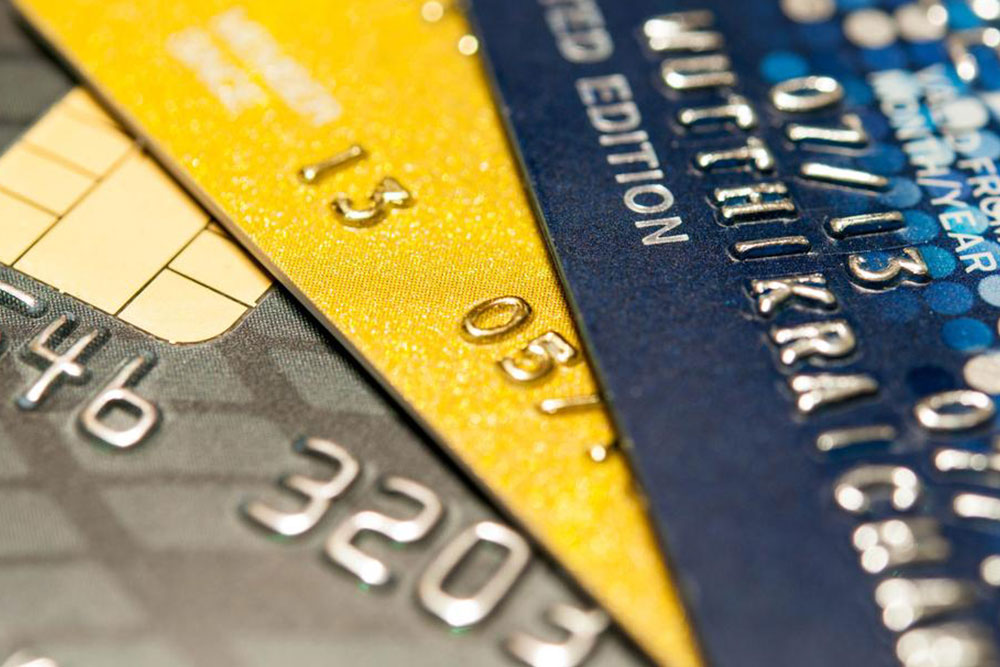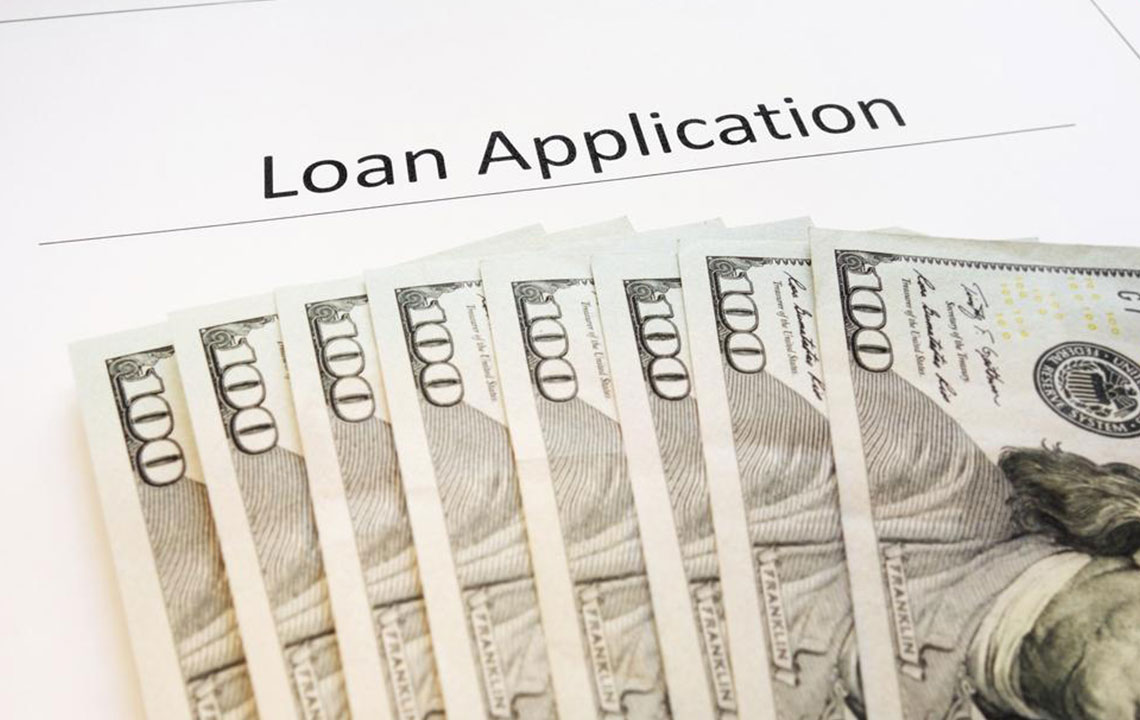Comprehensive Guide to Types of Checking Accounts and How to Select the Perfect One for Your Financial Needs
This comprehensive guide explores the different types of checking accounts, including standard, premium, interest-earning, zero-fee, and second-chance options. It provides insights into key factors like minimum balances, fees, and accessibility to help you choose the best account tailored to your financial needs. Whether you're a student, high-net-worth individual, or rebuilding your banking record, this article offers valuable advice to optimize your banking experience and ensure your money works efficiently for you.

Understanding Various Types of Checking Accounts and How to Choose the Best Fit
Managing everyday finances efficiently requires an understanding of the different types of checking accounts available in today's banking landscape. Checking accounts are fundamental tools that provide convenient access to your money, enabling a wide range of transactions such as deposits, withdrawals, bill payments, and electronic transfers. They serve as the backbone of personal financial management, offering liquidity, security, and flexibility. With increasing options tailored to diverse financial habits, selecting the appropriate checking account can significantly impact your financial health and convenience. This detailed guide will walk you through the essentials of checking accounts, their variations, and key factors to consider when choosing the most suitable one.
What Is a Checking Account?
A checking account is a deposit account held at a bank or credit union that allows for easy access to funds through various means. It typically supports multiple transactions daily, such as making purchases with checks or debit cards, withdrawing cash from ATMs, and conducting online banking activities. Unlike savings accounts, which are designed primarily for accumulating interest and limiting withdrawals to prevent excessive spending, checking accounts prioritize frequent access and transaction flexibility.
Often called transactional or demand deposit accounts, checking accounts provide immediate liquidity, making them essential for managing daily expenses, bills, and financial obligations. They differ from savings accounts in their transaction volume capacity and accessibility features, offering users the ability to perform numerous deposits and withdrawals with ease. This flexibility makes checking accounts an indispensable component of personal finance, especially for individuals who rely on regular cash flow management.
How to Choose the Right Checking Account: Critical Factors
Picking an ideal checking account requires an assessment of your personal financial situation, spending habits, and banking preferences. Not all checking accounts are created equal; therefore, understanding the unique features and potential costs associated with each option is crucial for making an informed decision. Here are several essential considerations to guide your selection process:
Minimum Monthly Balance
Determine how much money you typically keep in your account. Certain accounts require maintaining a minimum balance to avoid monthly maintenance fees. If your cash flow varies, selecting an account with flexible or no minimum balance requirement can save you money and reduce stress.
Account Fees
Review all potential charges, including monthly maintenance fees, ATM fees, overdraft charges, and transaction fees. Choosing accounts that waive fees through features like direct deposit or minimum balances can be beneficial. Always read the fine print to understand what charges you might incur.
Interest Earnings
While most checking accounts pay minimal interest, some offer interest on your balance, which can help grow your funds passively. If earning interest is a priority, look for accounts that accrue interest daily and credit it monthly, ensuring your money works for you.
Convenience and Accessibility
Decide whether you prioritize physical branch access or online banking. Online banks often provide no-fee accounts, mobile banking, and reimbursed ATM fees, making banking more flexible and cost-effective for tech-savvy users. Consider your lifestyle and choose a banking type that aligns with your needs.
Understanding these core factors enables you to zero in on the most appropriate checking account suited to your financial profile. Next, let’s explore the various types of checking accounts commonly offered by financial institutions.
Different Types of Checking Accounts
Standard Checking Accounts
This is the basic, most common type of checking account designed for everyday banking needs. It provides essential features such as deposits, withdrawals, check writing, debit card transactions, and bill payments. Typically, standard checking accounts involve a small monthly fee unless you meet specific criteria like maintaining a minimum balance. They usually offer limited interest, if any, making them optimal for users prioritizing liquidity and ease of access for daily expenses.
Premium Checking Accounts
Tailored for individuals with higher account balances, premium accounts waive standard fees, offer ATM fee reimbursements, and sometimes include interest earnings. They may also provide added perks like financial consulting, concierge services, or discounts on loans and credit cards. Maintaining a substantial balance often qualifies consumers for these enhanced features, making them suitable for wealthier clients or those seeking more comprehensive banking benefits.
If earning higher interest on surplus cash while maintaining easy access is your goal, consider alternative investment options such as government bonds, money market funds, or certificates of deposit, which might offer better returns without the fee structures of premium checking accounts.
Interest-Earning Checking Accounts
Some checking accounts provide modest interest payments based on your balance. These accounts are ideal for individuals who want to keep funds accessible but also seek to earn some return. However, be cautious of associated fees, as high charges could offset the benefits of interest earnings. Carefully compare interest rates, fee structures, and account requirements to find the most advantageous option.
Zero-Fee Checking Accounts
Designed for cost-conscious consumers, zero-fee checking accounts do not charge monthly maintenance fees and often set no minimum balance requirements. They are perfect for students or individuals with limited funds. Nonetheless, additional services like ATM withdrawals or overdraft protection may incur charges, so it’s essential to verify which features are truly free and which come with costs.
Low-Balance Checking Accounts
These accounts cater to individuals with minimal funds, demanding lower or no minimum balances. They often have restrictions on check writing, overdraft capabilities, and transaction limits. They generally promote electronic statement usage and minimal monthly transactions, making them practical for those just starting out or managing tight budgets.
Second-Chance Checking Accounts
If your previous banking record was closed due to issues like unpaid overdrafts or violations, a second-chance account offers an opportunity to rebuild your banking reputation. These accounts usually come with higher fees and restrictions but provide a chance to regain trust and qualify for standard accounts after demonstrating responsible banking behavior over time. They often involve assessments through consumer reporting agencies similar to credit checks, such as ChexSystems.
Choosing the appropriate checking account involves reviewing your financial history, understanding each account’s features, and aligning them with your spending habits and financial goals. A thorough comparison and proper research can help you select an account that provides convenience, cost-efficiency, and security, ensuring your banking experience is both positive and productive.





